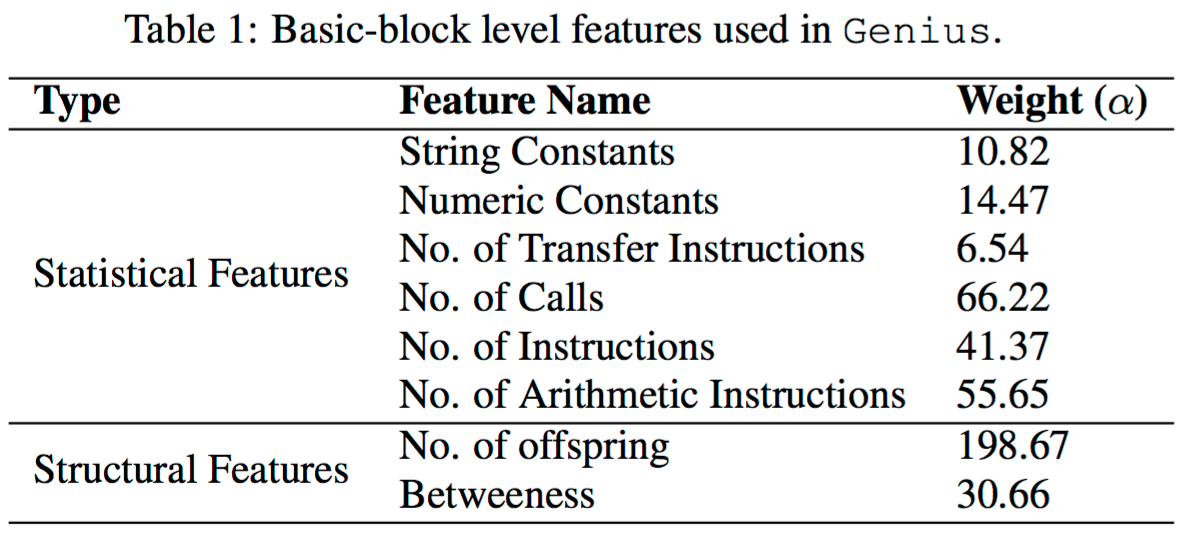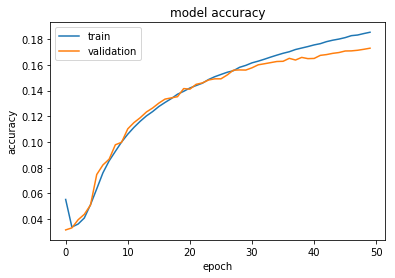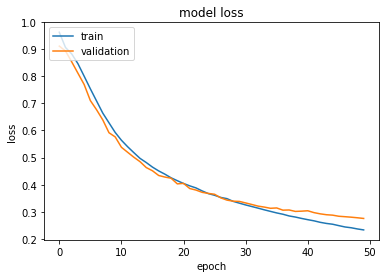On the use of Encoder-Decoder Inference Model for Reverse Engineering Machine Code
by
David N. & Richard B.
[William & Mary]
Background
Artificial Neural Networks & Decompilation
Neural Machine Translation: translate from English to Spanish
I am a computer scientist
Soy un científico de la computación
English
Spanish
Neural Machine Translation: encoder-decoder architecture that converts a sentence into a "thought" vector which is used by a decoder to generate a translation
I am a computer scientist
Encoder
Decoder
Soy un científico de la computación
English
Spanish
Tensors: geometric objects that describe linear relations and generalize the concept of scalar, vector, and matrix
Scalar
Vector
Matrix
Tensor
Tensors: geometric objects that describe linear relations and generalize the concept of scalar, vector, and matrix
Scalar
Vector
Matrix
Tensor
LLVM: compiler infrastructure written in c++, we used it to translate snippets into machine code
LLVM
Snippet
Machine Code
Apply the below optimization/configuration
unsigned square_int(unsigned a) {
return a*a;
}$ llc-3.0 -O3 sample.ll -march=x86-64 -o sample-x86-64.sLLVM
Snippet
Machine Code
Intermediate Representation (IR)
unsigned square_int(unsigned a) {
return a*a;
}define i32 @square_unsigned(i32 %a) {
%1 = mul i32 %a, %a
ret i32 %1
}$ llc-3.0 -O3 sample.ll -march=x86-64 -o sample-x86-64.sLLVM
Snippet
Machine Code
Used Machine Code
unsigned square_int(unsigned a) {
return a*a;
}define i32 @square_unsigned(i32 %a) {
%1 = mul i32 %a, %a
ret i32 %1
}square_unsigned:
imull %edi, %edi
movl %edi, %eax
ret$ llc-3.0 -O3 sample.ll -march=x86-64 -o sample-x86-64.sLLVM
Snippet
Machine Code
Approach
Neural Machine Translation: from machine code to snippet
Encoder
Decoder
Machine Code
Snippet
unsigned square_int(unsigned a) {
return a*a;
}square_unsigned:
imull %edi, %edi
movl %edi, %eax
ret- Only machine code
- Malware or Vulnerabilities (Powlowski, et al, 2017)
- State-of-the-art: Heuristics (SANER2018)
- Intuitive idea of language translators (SANER2018)
machine code
snippet
Reverse Engineering
Goal
To implement a DNN (seq2seq) that reverses a LLVM-based machine code using encoder-decoder inference model
Research Question
to what extent is the Neural Machine Translation model accurate for reversing machine code into c/c++ snippets?
Methodology
| Dataset | Pre-processing | Eval. Metrics | Architecture | Type of Validation | Training |
|---|---|---|---|---|---|
| OpenSSL (sampling) | One-hot embedding | - Accuracy - Loss |
-LSTM for encoder-decoder -Inference LSTM |
-Automatic Verification Dataset (split:0.2) | -Batch:64 -Epochs:50 |
| - | - | - | - | - | - |
Methodology
- TensorFlow + Keras Frameworks
- DataSet generated by using LLVM
- Controlling measure: Categorical Cross-Entropy
- Tensor Shape: (batch, sequence length, vocabulary size)
| Dataset | Pre-processing | Eval. Metrics | Architecture | Type of Validation | Training |
|---|---|---|---|---|---|
| OpenSSL (sampling) | One-hot embedding | - Accuracy - Loss |
-LSTM for encoder-decoder -Inference LSTM |
-Automatic Verification Dataset (split:0.2) | -Batch:64 -Epochs:50 |
| - | - | - | - | - | - |
Architecture for Neural Machine Translation
Pairs of <source code, machine code> are the inputs
u
n
s
\t
s
q
%
e
snippet (char by char)
machine code
The embedding is by creating one-hot character
u
n
s
\t
s
q
%
e
embedding for snippet
machine code
.
Feed char by char embeds into the encoder
u
n
s
\t
s
q
%
e
embedding for snippet
machine code
.
encoder
Generate the final encoders states (h & c) and feed them into the decoder
u
n
s
\t
s
q
%
e
embedding for snippet
machine code
.
encoder
decoder
The decoder receives 3 inputs (encoder states & machine code embeds)
u
n
s
\t
s
q
%
e
embedding for snippet
machine code
.
encoder
decoder
embedding for machine
Predict word probabilities in the softmax layer
u
n
s
\t
s
q
%
e
embedding for snippet
machine code
.
encoder
decoder
embedding for machine
softmax
We use the categorical cross entropy as loss function (learning to classify correct machine chars)
u
n
s
\t
s
q
%
e
embedding for snippet
machine code
.
encoder
decoder
embedding for machine
softmax
embedding for target
labelled translation
s
q
e
We use the categorical cross entropy as loss function (learning to classify correct machine chars)
u
n
s
\t
s
q
%
e
5. embedding for snippet
1. machine code
.
3. encoder
6. decoder
2. embedding for machine
7. softmax
8. embedding for target
9. labelled translation
s
q
e
4. snippet
Corpus Generation
Attributed Control Flow Graphs
- Introduced by the authors of Genius (Qian Feng et al.)
- Adds basic block features to the vertices of a CFG

Attributed Control Flow Graphs
IDA Pro
Genius
IDA Free
Genius
Radare2
Reimplementation
Significant Cost
No Plugin Integration
Substantial Engineering
Collecting "Source \t Assembly" Snippets
OpenSSL v1.0.1f
Parse source files with Clang, extract functions from AST
Compile (Clang v6.0.0)
Disassemble (Radare2), extract functions
Set of functions in Assembly
Set of functions in C
Corpus
Initial Results
Model accuracy: training set vs validation set

Model loss: training set vs validation set

Encoder - Decoder Inference Model
u
n
s
\t
s
%
e
embedding for snippet
machine code
.
encoder
decoder
embedding for machine
softmax
embedding for target
labelled translation
s
q
e
Softmax layer: argmax of word probabilies
u
n
s
\t
embedding for snippet
machine code
.
encoder
decoder
embedding for machine
softmax
embedding for target
argmax
Reverse dictionary lookup in target machine code
u
n
s
\t
embedding for snippet
machine code
.
encoder
decoder
embedding for machine
softmax
Reverse Dictionary
argmax
Decoder predicts the first char
u
n
s
\t
embedding for snippet
machine code
.
encoder
decoder
embedding for machine
softmax
Reverse Dictionary
predicted machine code
s
argmax
Predicted char as decoder input
u
n
s
\t
s
embedding for snippet
machine code
.
encoder
decoder
embedding for machine
softmax
Reverse Dictionary
predicted machine code
s
argmax
Infer next char
u
n
s
\t
s
2. embedding for snippet
1. machine code
.
3. encoder
6. decoder
5. embedding for machine
softmax
8. Reverse Dictionary
9. predicted machine code
s
7. argmax
4. snippet
test_vprintf_stderr:
mov rax, qword [rip]
mov rdx, rsi
mov rsi, rdi
mov rdi, qword [rax]
jmp 0x15
From the following machine code
Input Machine Sentence
test_vprintf_stderr:
mov rax, qword [rip]
mov rdx, rsi
mov rsi, rdi
mov rdi, qword [rax]
jmp 0x15
int EVP_MD_meth_get_cb(SSL *s, unsigned int flags) {
if (ctx->seckey_ercory_teck = (const_unse_ned_canctx, corst unsigned char *),
unsigned char *));
} From the following machine code, infer the following snippet
Input Machine Sentence
Decoded Snippet Setence
Conclusion


| Dataset | Pre-processing | Eval. Metrics | Architecture | Type of Validation | Training |
|---|---|---|---|---|---|
| OpenSSL (sampling) | One-hot embedding | - Accuracy - Loss |
-LSTM for encoder-decoder -Inference LSTM |
-Automatic Verification Dataset (split:0.2) | -Batch:64 -Epochs:50 |
| - | - | - | - | - | - |
References
- [1] Struct2Vec https://arxiv.org/abs/1708.06525
-
[2] Feature Engineering http://web.cs.ucdavis.edu/~su/publications/icse08-clone.pdf
-
[3] Using Recurrent Neural Networks for Decompilation [SANER2018]
Reverse Engineering from Machine to C code
By David Nader Palacio
Reverse Engineering from Machine to C code
Proposal & Milestone
- 406



